
Peppers on the move.

The Disco Store. I cannot impress upon you enough the distance to the nearest disco of any size or note. Perhaps people buy the equipment for their private residences.

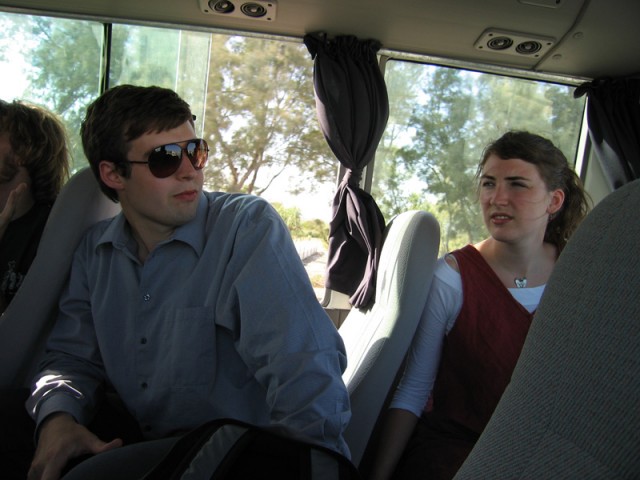
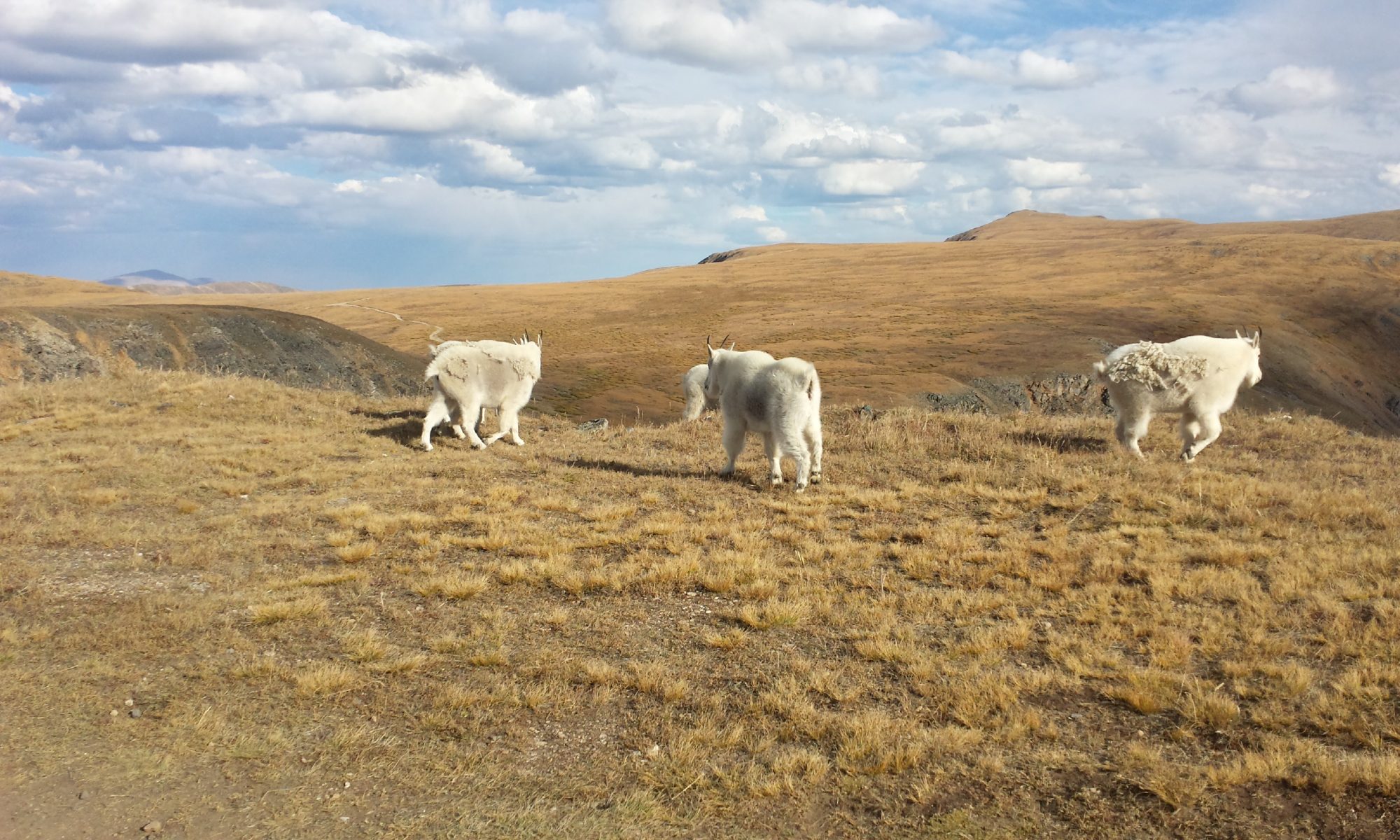
The personal and professional website of Douglas Van Bossuyt

Peppers on the move.

The Disco Store. I cannot impress upon you enough the distance to the nearest disco of any size or note. Perhaps people buy the equipment for their private residences.



The hilltop village of Takrouna (also sometimes spelled Takroun).

Looking down on one of the newer homes built since people started moving onto more level ground from their previous highly-defensible position.


Joey relaxing on the edge of the town and the cliff. In the distance, one of the several cement plants supplying Tunisia’s building boom puffs smoke. I understand that this, as well as most if not all of the other cement plants in Tunisia are now owned by multinational conglomerates that send much of the product overseas to fuel China’s expansion.
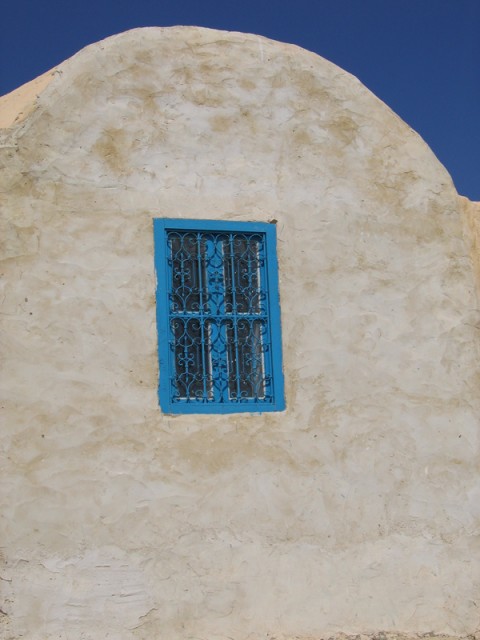
Most of these settlements were created at around the time of the Arab invasion in the mid 9th century CE by Berbers looking to remain safe and in their homes against the onslaught. The idea was that sitting up on top of a hill, the Berbers could see the approaching armies which wished to do them harm. It also gave them a cool place in the summer but a rather windy and cold place in the winter. This particular village sits atop a very vertical hill jutting up about 400 feet from the surrounding plain. it’s a very odd site seeing a town perched in the air above farmland and rolling low hills.

In the cafe at the top of the hill in the middle of the old village.

Giovanna’s reflection in a mirror on the wall.
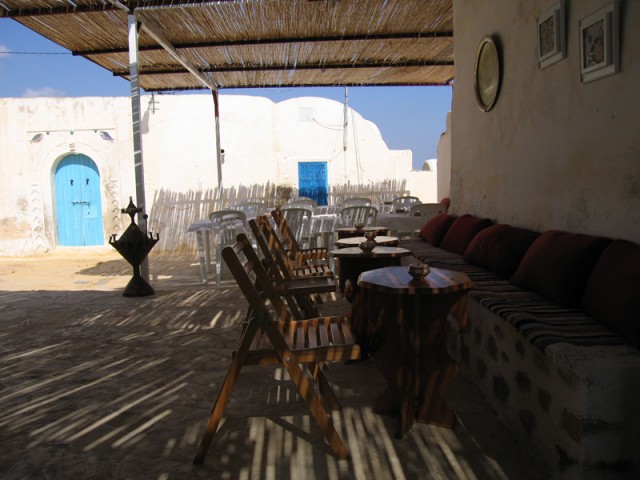
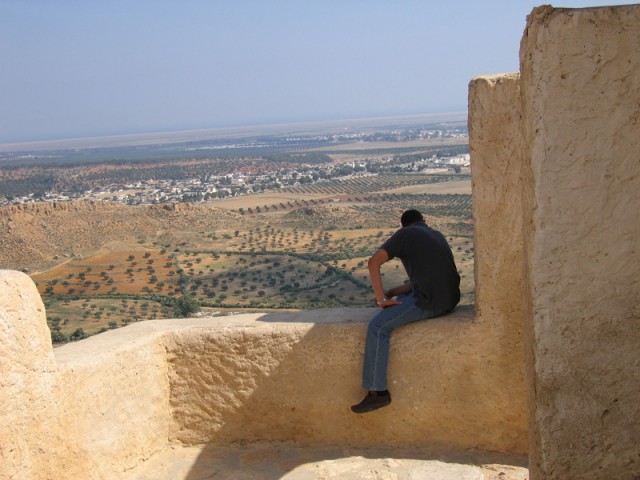


The Nymphaeum in Zaghouan is of a typical Roman construction. The central chamber — where the water springs forth, contained twelve niches in the walls where twelve statues representing the twelve months of the year once stood. Even after the decay and collapse of the aqueduct to Tunis, the town of Zaghouan was supplied with free plentiful fresh, cool water still being piped to community fountains by means of the original Roman pipe system.
Several years ago, the water authority came through town, capped off all of the old fountains, and diverted the water from the spring into the Tunisian national water infrastructure system. Now the citizens of Zaghouan must get their water from the central pipes just like everyone else in the country. I suppose that’s the price of progress.
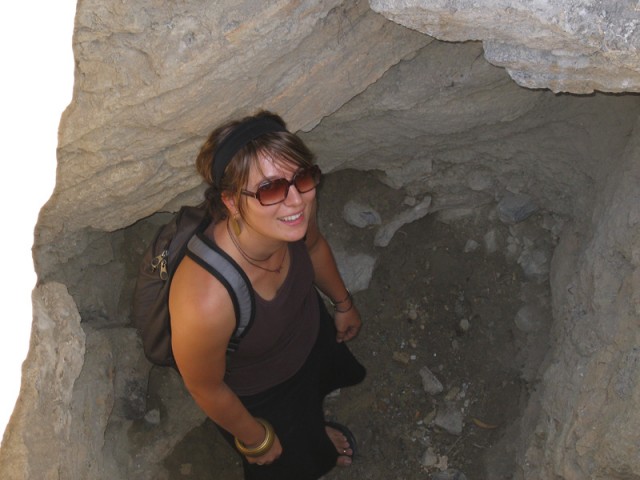
Pits were dug around the perimeter of the center chamber for unknown reasons. Anne decided to climb down one of the excavated holes. On the way up, a rock gave way. She fell back down into the pit, skinning her knee in the process. In total, the hole was around eight feet deep.